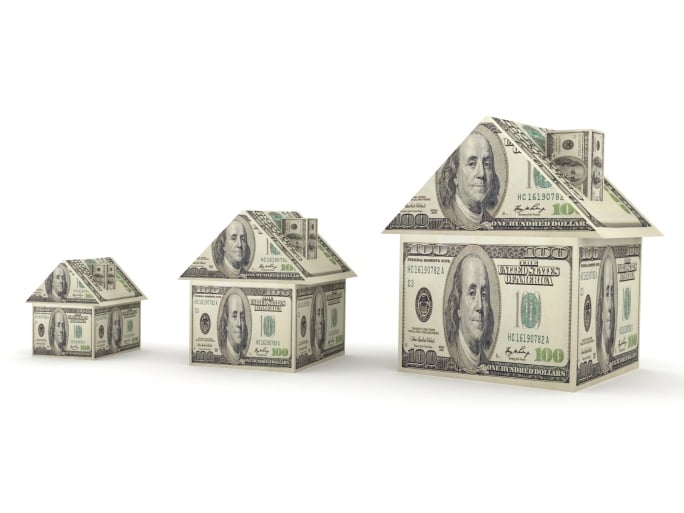Negative Home Equity Numbers Improving
December 17, 2013 by Paul Ausick
The data was released Tuesday by research firm CoreLogic Inc. (NASDAQ: CLGX).
The aggregate value of negative equity fell by $33.7 billion in the third quarter to a U.S. total of $397 billion, split almost evenly between first mortgages and first liens with home equity loans. According to CoreLogic, if home prices rise by 5%, another 1.2 million homes will no longer be underwater on their mortgages.
Nearly 10 million properties have positive equity below 20%, and 3.2% had less than 5% positive equity at the end of the third quarter.
CoreLogic’s CEO noted:
We should see a further rebound in consumer confidence and economic growth in 2014 as more homeowners escape the negative equity trap. Home price appreciation has helped more than 3 million property owners regain equity since the first quarter of 2013.
The five metropolitan areas with the highest percentage of properties with negative equity are Orlando-Kissimmee-Sanford, Fla., (32.3%); Tampa-St. Pete-Clearwater, Fla., (30.1%); Phoenix-Mesa-Glendale, Ariz., (23.2%); Riverside-San Bernardino-Ontario, Calif., (20.8%); and Chicago-Naperville-Arlington Heights, Ill. (20.5%).
The five with the highest percentage in positive equity are Houston (95.8%); Dallas (95.3%); Anaheim-Santa Ana-Irvine, Calif., (94.6%); Portland-Vancouver-Hillsboro, Ore., (93.4%); and Seattle (92.7%).
The five states with the highest percentages of homes with positive equity are Alaska (96.1%), Texas (96.1%), Montana (95.8%), North Dakota (95.7%) and Wyoming (95.4%). The five states with the highest percentage of homes with negative equity are Nevada (32.2%), Florida (28.8%), Arizona (22.5%), Ohio (18%) and Georgia (17.8%).
Essential Tips for Investing: Sponsored
A financial advisor can help you understand the advantages and disadvantages of investment properties. Finding a qualified financial advisor doesn’t have to be hard. SmartAsset’s free tool matches you with up to three financial advisors who serve your area, and you can interview your advisor matches at no cost to decide which one is right for you. If you’re ready to find an advisor who can help you achieve your financial goals, get started now.
Investing in real estate can diversify your portfolio. But expanding your horizons may add additional costs. If you’re an investor looking to minimize expenses, consider checking out online brokerages. They often offer low investment fees, helping you maximize your profit.